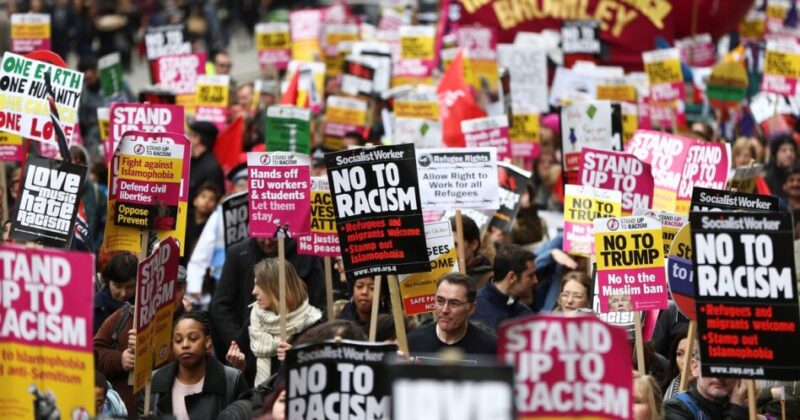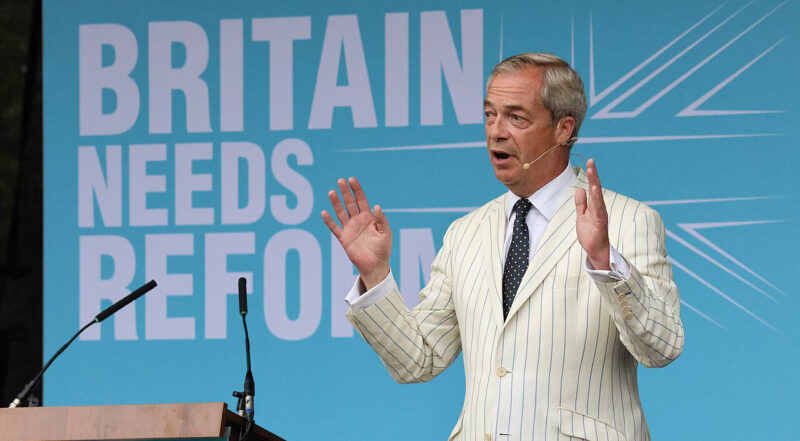How we can save the NHS
Workers Power conference debated and passed another resolution specifically on the fight to stop the destruction of the NHS, recognising the political importance of this struggle.
The NHS Bill has been pushed through the House of Commons with a sizable majority of 80 – without a campaign of mass demonstrations and strikes against the bill. In addition, the Lib Dems did not split and splinter as they did under the student mobilisations. The near-complete inaction of the national unions and Keep Our NHS Public (KONP) campaign, with only one lobby on 7 March, contrasts with the widespread acknowledgement – even among Tory MPs – that the NHS could be the Coalition’s poll tax.
The responsibility for this terrible blow to the working class lies squarely with the union bureaucracy. The unions, particularly Unite under Len McCluskey, have been happy to pump money into the liberal KONP campaign so long as it maintains a focus on pressuring MPs and Lords.
A mass campaign against Andrew Lansley’s Health Bill, in the context of the unresolved pension struggle, would have increased demands from below to revive the N30 movement, and the possibility of industrial and political struggles flowing into one another, threatening the union tops’ iron grip on the movement. Thus the TUC and unions avoided even the obvious tactic of a second 26 March mass demonstration focused on the NHS.
One alternative is that a mass movement now develops, launched “from above” or assembled through a series of local grassroots struggles against cuts to the NHS. However, another alternative also exists – that such a massive attack on a key popular institution goes through without a serious fight and creates a wave of demoralisation and dampens struggle, particularly in the context of the pension sell-out.
As socialists, our point of departure has to be identifying the possibilities of a mass movement in defence of the NHS, and take initiatives such as drawing up and circulating trade union model motions and agitating in meetings for such a movement to come into existence. We need to be putting forward the slogans and tactics to make resistance as effective as possible and lead the movement into a direct confrontation with the government.
There are positive signs of struggle: the deep unpopularity of the bill has forced Labour increasingly to come out against it, indicating it will make the NHS its main campaign issue for the coming election and that it will repeal the bill once in office. Local vigils called by Labour are likely to be followed by participation in campaigns against cuts and closure, as activists and union officials are given the green light to campaign on this safe issue.
The anti-cuts movement, union militants and the left should demand that the labour movement calls a national demonstration, and begin to organise it themselves through unions, KONP and anti-cuts groups. The lobby of parliament on 7 March lobby was well attended by trade unionists, as well as NHS campaigners, which shows the potential to develop such pressure.
While the campaign for a national demonstration should be raised in the unions, anti-cuts groups and local KONP groups, ultimately local delegate-based action committees involving all those organisations against NHS privatisation, as the basis for a delegate-based national coordinating body, are the way to unleash a truly poll tax-style movement of mass action and strikes.
A mass movement around the NHS, an issue that affects the whole working class and sections of the middle classes, has real potential to force the unity of the anti-cuts movement into a Stop the War-style coalition. The NHS could be the issue that unites the anti-cuts movement or establishes a mass movement that transcends its current fragmentation and transforms it into a genuine national movement. Even without a national movement, struggle will begin and intensify over the coming months and years as cuts, closures and privatisation all lead to deteriorating healthcare and increased anger. The Whittington Hospital demonstration in 2010 shows what sort of response these attacks could meet – with the unions and whole communities mobilised in defence of public services, alongside local Labour activists.
In this context, strike action against attacks on jobs, pay and working conditions, as part of the mass movement, is a key feature of resistance. Local strikes by health workers, backed by the public, could begin to redevelop a militant anti-cuts movement and provide the basis to launch a national united campaign and ultimately a national health strike. While this might be illegal, depending on the degree of fragmentation of the health service at the time, such a strike would meet with mass support among wide sections of the population.
Following on from this, socialists should argue that the NHS is a class-wide attack and that ultimately requires a class-wide response using our strongest weapon – the ability to shut down production, grind society to a halt and run its essential aspects under workers’ control. Cameron’s push to get the bill through parliament despite its unpopularity shows the Tories determination to slash and burn the welfare state and leave it fatally damaged by the time of the 2015 election.
The workers movement has shown it can mount mass action with N30. If it can develop a rank and file movement across the unions, bolstered by public support, the NHS movement could help develop the industrial struggle too, and ultimately the basis for generalised strike action against all the cuts. Just like the poll tax movement got rid of Thatcher and had the potential to kick the Tories out completely in the 1990s, the NHS will remain a radicalising feature of the class struggle in Britain and provides the same potential to bring down the Tories.







